Introduction
Looking for precise dry to fresh herb conversion ratios? The standard rule is 1 teaspoon of dried herbs equals 1 tablespoon of fresh herbs for most culinary herbs. This simple conversion ensures perfect flavor balance in any recipe. Below is a detailed reference chart for common herbs, followed by expert tips on substitutions, storage, and drying techniques to maximize your cooking results.
| Herb | Fresh Quantity | Dried Quantity |
|---|---|---|
| Basil | 1 tablespoon chopped | 1 teaspoon |
| Oregano | 1 tablespoon chopped | 1 teaspoon |
| Thyme | 1 tablespoon chopped | 1 teaspoon |
| Rosemary | 1 tablespoon chopped | ½ teaspoon |
| Dill | 1 tablespoon chopped | ¾ teaspoon |
| Cilantro | 1 tablespoon chopped | ½ teaspoon |
| Sage | 1 tablespoon chopped | 1 teaspoon |
| Mint | 1 tablespoon chopped | ½ teaspoon |
Why Dry Fresh Herb Conversion Matters
Fresh and dried herbs may come from the same plant, but their flavor profiles are worlds apart. Think of it like this: fresh herbs are like the lively chorus of a song, while dried herbs are more like the deep, rich bassline. Both are essential, but they play very different roles.
The main reason accurate conversions matter is simple: flavor concentration. Dried herbs are far more potent than their fresh counterparts. Using too much can overpower your dish, while using too little might leave your meal tasting flat. That’s why understanding how to convert one to the other isn’t just helpful — it’s essential.
Flavor Differences Between Fresh and Dried Herbs
Here's a quick rundown of what happens when herbs dry out:
- Volatile oils decrease: These oils give herbs their aroma and freshness. When dried, some of those oils evaporate, changing the taste profile.
- Concentration increases: Without moisture, the flavor compounds become more concentrated.
- Potency varies: Some herbs lose more flavor than others during drying (like delicate cilantro vs. hearty oregano).
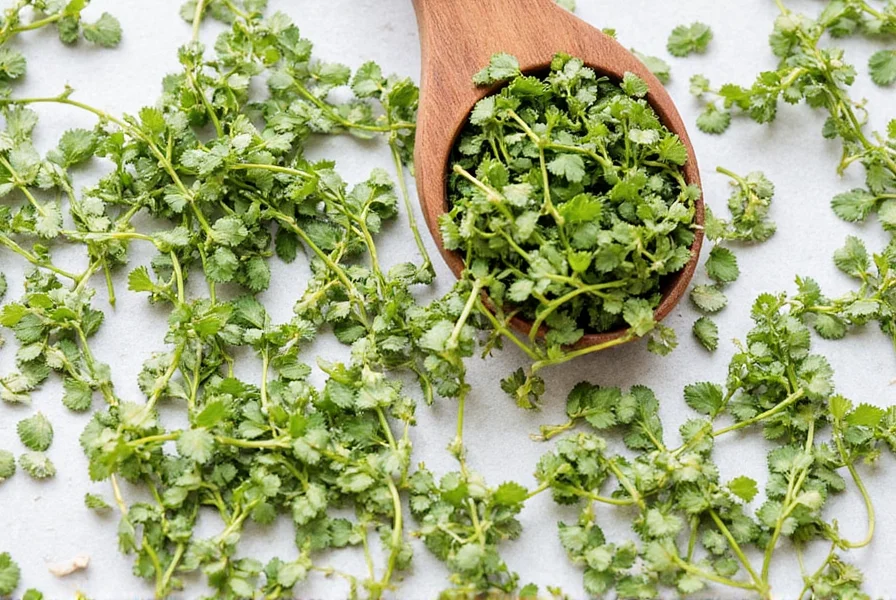
Factors Affecting Flavor Potency
While the standard 3:1 rule applies in many cases (i.e., 1 part dried = 3 parts fresh), there are several factors that can affect how strong a dried herb will taste:
- Type of Herb: Tender herbs like parsley and cilantro lose more flavor when dried compared to woody herbs like rosemary and thyme.
- Drying Method: Air-dried herbs retain more flavor than those dried using heat (microwave or oven).
- Storage Conditions: Exposure to light, air, and humidity reduces potency over time. Store dried herbs in airtight containers away from heat sources.
- Age of the Herb: The older the dried herb, the less potent it becomes. Aim to replace your stock every 6–12 months.
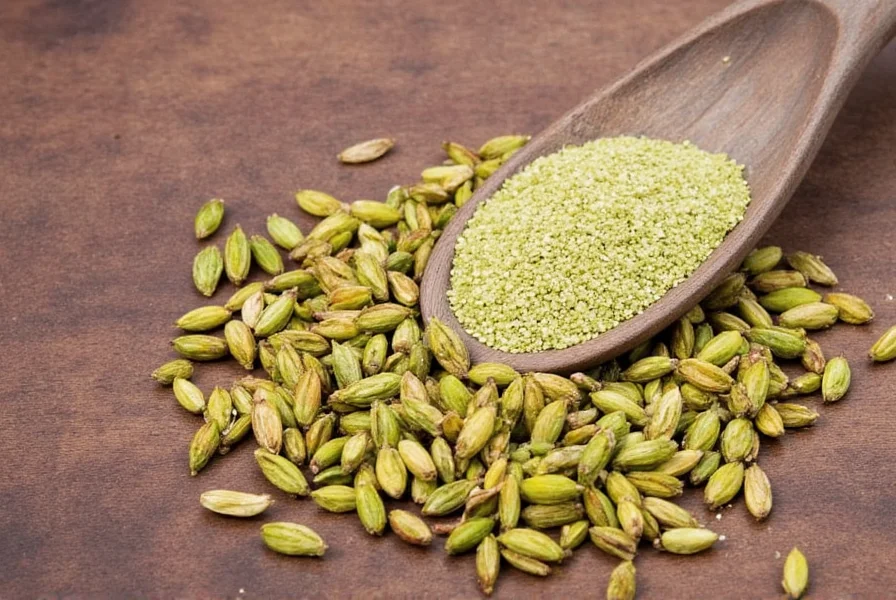
How to Properly Dry Fresh Herbs at Home
Want to make your own dried herbs? It’s easier than you think! Here’s how to do it right:
- Harvest at the Right Time: Pick herbs early in the morning after dew has dried but before the sun gets too hot. This is when essential oils are strongest.
- Clean and Dry Them Gently: Rinse briefly under cold water and pat dry with a clean towel or salad spinner.
- Bundle and Hang: Tie small bunches together with string and hang upside down in a warm, dry, airy place away from direct sunlight.
- Use a Dehydrator (Optional): For faster drying, use a food dehydrator set to 95°F (35°C). This preserves more flavor than using an oven.
- Store Properly: Once completely dry and crumbly, strip leaves from stems and store in labeled glass jars in a cool, dark cupboard.
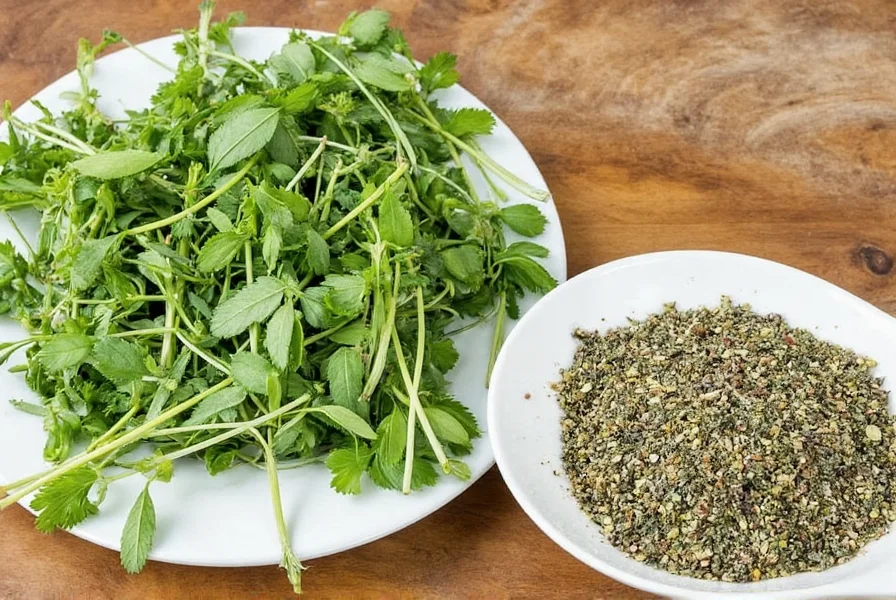
Common Herb Substitutions and Their Best Uses
Running low on rosemary? Out of thyme? Don’t panic — many herbs are interchangeable in a pinch. Here’s a quick guide to common substitutions and when they work best:
- Basil → Oregano or Thyme: Great in tomato-based dishes or pasta sauces.
- Cilantro → Parsley or Mint: Works well in salsas or fresh salads, though note that mint brings a very different flavor profile.
- Dill → Fennel Fronds or Tarragon: Perfect for fish dishes or pickling recipes.
- Rosemary → Sage or Thyme: Ideal for roasted meats or breads, especially during the holidays.
- Parsley → Cilantro or Celery Leaves: Use in garnishes or green sauces like chimichurri or gremolata.
Pro Tip: Know Your Cuisine!
Some cuisines rely heavily on specific herbs. For example:
- Italian dishes often use basil, oregano, and thyme.
- Mediterranean cuisine favors parsley, dill, and mint.
- Mexican cooking loves cilantro and epazote.
Buying Guide for Dried Herbs
When it comes to buying dried herbs, not all products are created equal. Here’s a breakdown of top-rated options and what makes them stand out:
McCormick Culinary Herbs
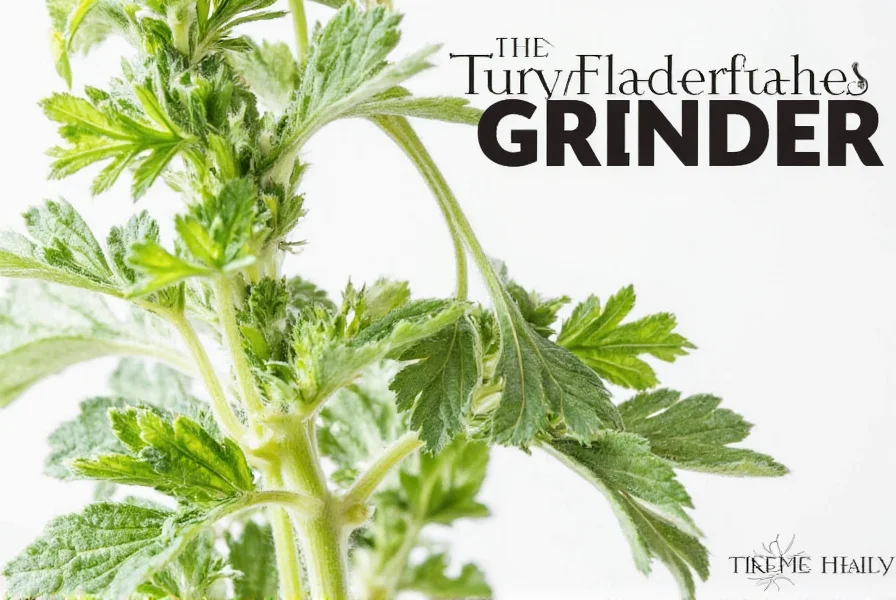
Features: Consistent quality, wide variety, clearly labeled expiration dates.
Advantages: Great for everyday cooking; affordable bulk sizes available.
Best For: Home cooks and casual chefs who want reliable flavors without fuss.
Simply Organic Dried Herbs
Features: USDA certified organic, no additives, recyclable packaging.
Advantages: Clean ingredient list ideal for health-conscious consumers.
Best For: Organic eaters and eco-friendly kitchens.
Penzeys Spices Bulk Herbs
Features: High-quality, sold by weight, large selection.
Advantages: Customizable portions; excellent for serious cooks and bakers.
Best For: Spice enthusiasts and professional chefs looking for precision.
Frontier Co-op Organic Herbs
Features: Ethically sourced, non-GMO, third-party tested.
Advantages: Premium quality with sustainability focus.
Best For: Those who value ethical sourcing and purity in their spices.
Trader Joe’s Seasonal Herbal Blends
Features: Affordable blends tailored to seasonal dishes.
Advantages: Budget-friendly, convenient mixes for roasts, soups, and stews.
Best For: Casual cooks who enjoy themed meals without mixing multiple spices.
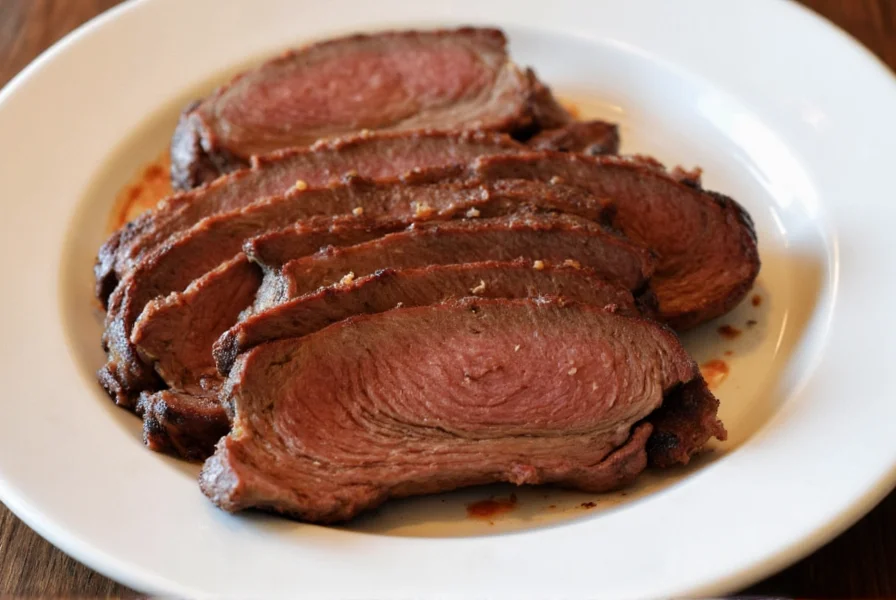
Frequently Asked Questions
What is the standard conversion ratio for fresh to dried herbs?
The general rule is 1 part dried herb to 3 parts fresh herb. For example, 1 teaspoon dried basil equals 1 tablespoon fresh basil. However, delicate herbs like cilantro and dill use a 2:1 ratio instead of 3:1.
Why are dried herbs stronger than fresh herbs?
Dried herbs are more concentrated because moisture removal intensifies flavor compounds. Volatile oils that give fresh herbs their brightness partially evaporate during drying, leaving behind more potent essential oils.
Can I substitute dried herbs for fresh in all recipes?
Most substitutions work well in cooked dishes, but avoid using dried herbs in raw applications like garnishes or fresh salsas. Delicate herbs like chives and tarragon lose significant flavor when dried and work best fresh.
How long do dried herbs stay fresh?
Properly stored dried herbs maintain peak potency for 6-12 months. Store them in airtight containers away from light, heat, and moisture. After one year, they won't spoil but will gradually lose flavor intensity.
Does the drying method affect herb potency?
Air-drying preserves more flavor than oven or microwave drying. Heat accelerates oil evaporation, so low-temperature dehydrators (below 100°F/38°C) retain more volatile compounds than conventional oven methods.
Should I adjust cooking times when using dried herbs?
Yes! Add dried herbs earlier in cooking (30+ minutes before serving) to rehydrate and release flavors. Fresh herbs should be added in the last 5-10 minutes to preserve their bright characteristics.
Conclusion
Mastering the art of dry fresh herb conversion can truly transform your cooking experience. No longer will you be held back by an empty spot in your fridge or a dusty jar on your shelf. With a few smart adjustments and a bit of knowledge, you can confidently substitute herbs and keep your dishes full of flavor year-round.
Remember, fresh herbs bring brightness, while dried ones offer depth. Respect both, store them properly, and always taste as you go. Whether you're growing your own herbs or reaching for the spice rack, knowing how to balance them opens up a world of culinary creativity.
So next time you see that last pinch of dried oregano in the back of your pantry, don’t throw it out — put it to good use. You’ve got this!

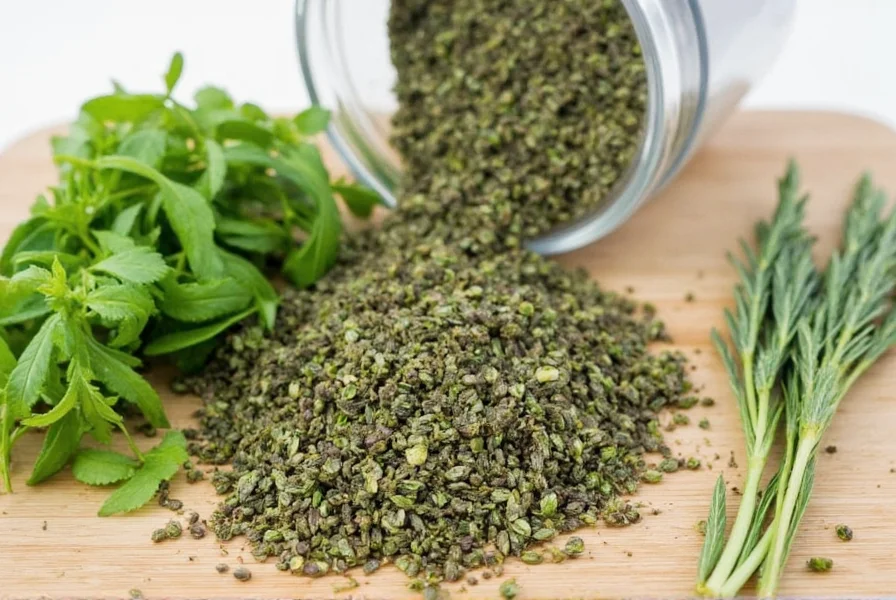









 浙公网安备
33010002000092号
浙公网安备
33010002000092号 浙B2-20120091-4
浙B2-20120091-4